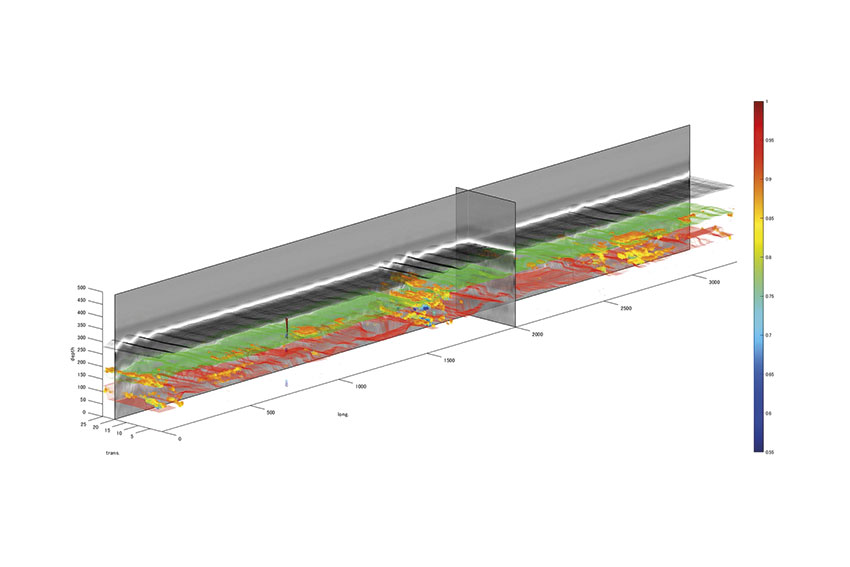Building upon its already existing technologies and techniques, C.E. Management Laboratory is looking to collaborative efforts to contribute to society.

“We’re interested in developing new technology with various institutes.”
Yuji Shimodaira, President, C.E Management Integrated Laboratory Co., Ltd.
C.E. Management Integrated Laboratory was established in 1985 as a company for testing construction soils, and has since expanded its business to include concrete, steel, and environmental fields with the aim of contributing to society.
We have been developing technology for efficient subsurface inspection using GPR (Ground Penetrating Radar). To validate and enhance the technology, we have constructed a test site that simulates subsurface damage for data acquisition and analysis.
We have continued to validate and improve this algorithm, mainly for bridge slabs due to high demand for non-destructive measurement of damage which is not visible because of the pavement. Our technology is unique in that it detects the damage based on signal processing, rather than AI-based damage detection.
In addition, we are currently studying its application for airport pavements since they are more susceptible to damage due to the impact of an airplane taking off and landing. Furthermore, there is a limited amount of time available for inspections. Therefore, we believe that our technology allows inspections to be performed in less time and at lower cost than conventional manual inspections.
It can also locate the damage on the pavement and its depth, helping to determine the appropriate approach to the damage.
Our goal is to help the management of social infrastructures by providing an efficient and accurate algorithm.
0 COMMENTS